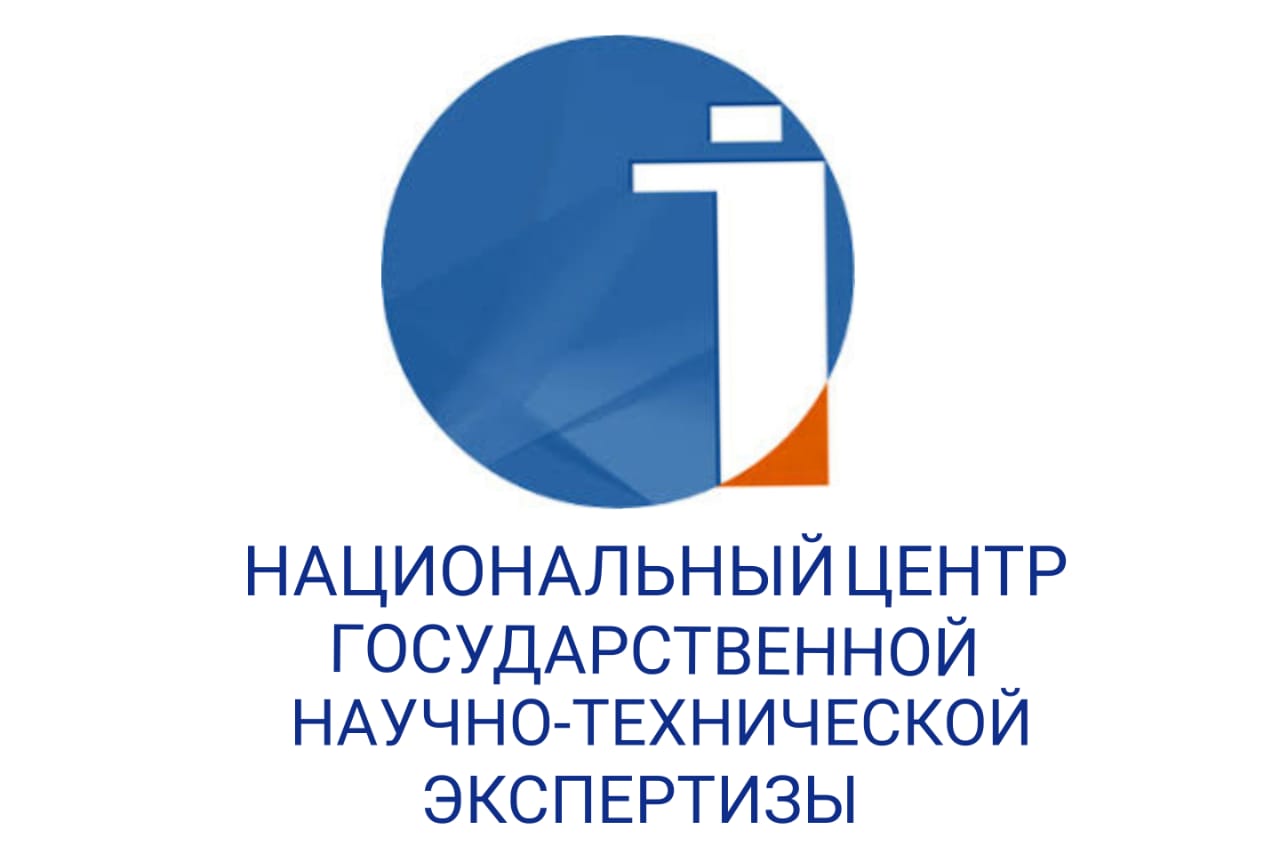Bulletin. Series: Philological sciences
Author Requirements
1. General Submission Requirements
- Submission Platform: Articles must be submitted through the Open Journal System (OJS), which provides online submission and peer review.
- Registration and Login: Authors must register or log in via the “The process of article submission and publication” section: https://bulletin-philology.ablaikhan.kz/index.php/j1/priem-stati
- Submission Format: Articles are accepted only in electronic form and must be uploaded via the journal’s OJS platform.
2. Article Preparation and Accompanying Documents
- Cover Letter: Authors are required to submit a cover letter (DOWNLOAD) with their manuscript.
- Corresponding Author: The corresponding author must be marked with an asterisk (*) next to their name.
- Submission Statement: In the OJS cover letter, the author must confirm that the manuscript has not been previously published and does not contain unreferenced borrowings.
3. Compliance and Verification
- Plagiarism Check:
- All manuscripts are checked through com and must meet the following similarity thresholds: SI1 ≤ 30%, SI2 ≤ 5%, and direct quotations ≤ 10%.
- Articles exceeding these limits may be returned for revision or rejected outright (critical thresholds: SI1 ≥ 60%, SI2 ≥ 40%).
- If, after revision, the article still does not comply with similarity requirements, the editorial office reserves the right to reject the manuscript.
- Authors have the right to review the plagiarism report.
- Any manipulation of the text is strictly prohibited, including hidden text, replacement characters, altered structures, alphabet substitutions, artificial spacing, or white symbols.
If an article is not accepted, the editorial board will explain the reason, which may include:
- Excessive use of borrowings that are not plagiarism per se but raise concerns about the author’s independence and the scientific value of the work. The article must be revised with reduced borrowings.
- Detection of dishonest borrowings, plagiarism, or deliberate attempts to disguise copied content (e.g., translating someone else’s work into another language and presenting it as original research). Such articles will not be published.
Research Ethics:
- Violations of publication ethics are not permitted, including plagiarism, data falsification, incorrect citation, misinterpretation of previous research, inaccurate references, or the use of artificial intelligence technologies without proper citation. Publication ethics
- Translation of another author’s work into a different language and presenting it as one’s own is not allowed.
4. Requirements for Content and Authorship
- Relevance and Originality:
- The article must align with the journal’s aims and scope.
- It should present the author’s original findings and results, or provide a systematic review of previously published works on the topic.
- Authorship and Publication Limits:
- Each author may publish only one article per issue, whether single-authored or co-authored.
- The number of authors per article must not exceed four.
- The same author may not publish the same work in two consecutive issues.
- Responsibility:
- Authors bear full responsibility for the content of their manuscripts.
- The editorial office reserves the right to reject a submission based on the journal’s ethical principles.
5. Review and Publication Procedure
- Manuscripts are automatically screened for plagiarism before peer review.
- If plagiarism requirements are met, the article proceeds to the peer review stage.
- Based on reviewer feedback, authors may be required to revise their manuscripts.
- Revised manuscripts undergo a second plagiarism check.
- If the article still fails to comply with similarity or ethical standards, it may be rejected.







